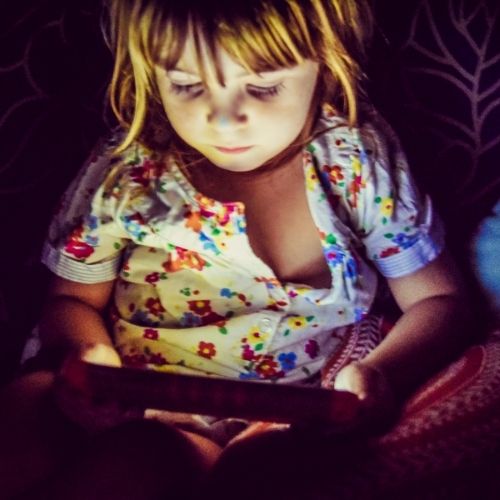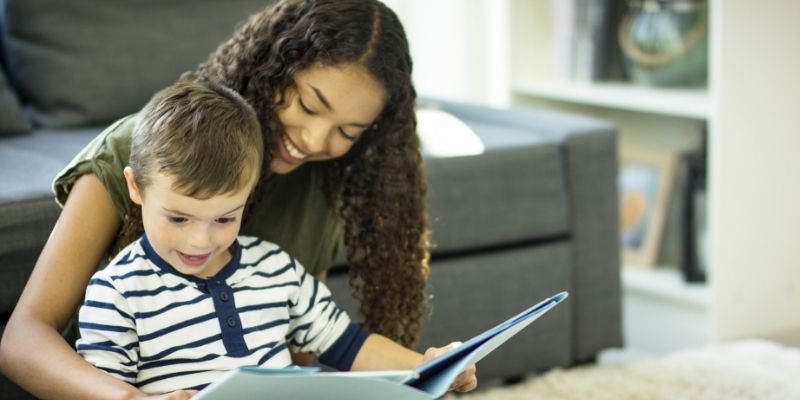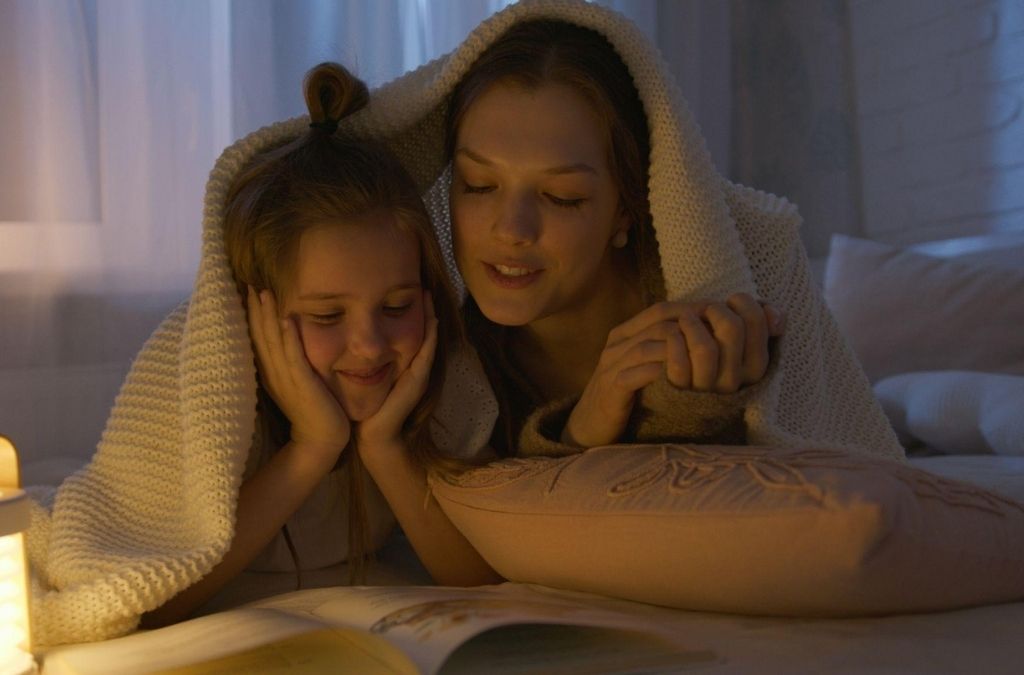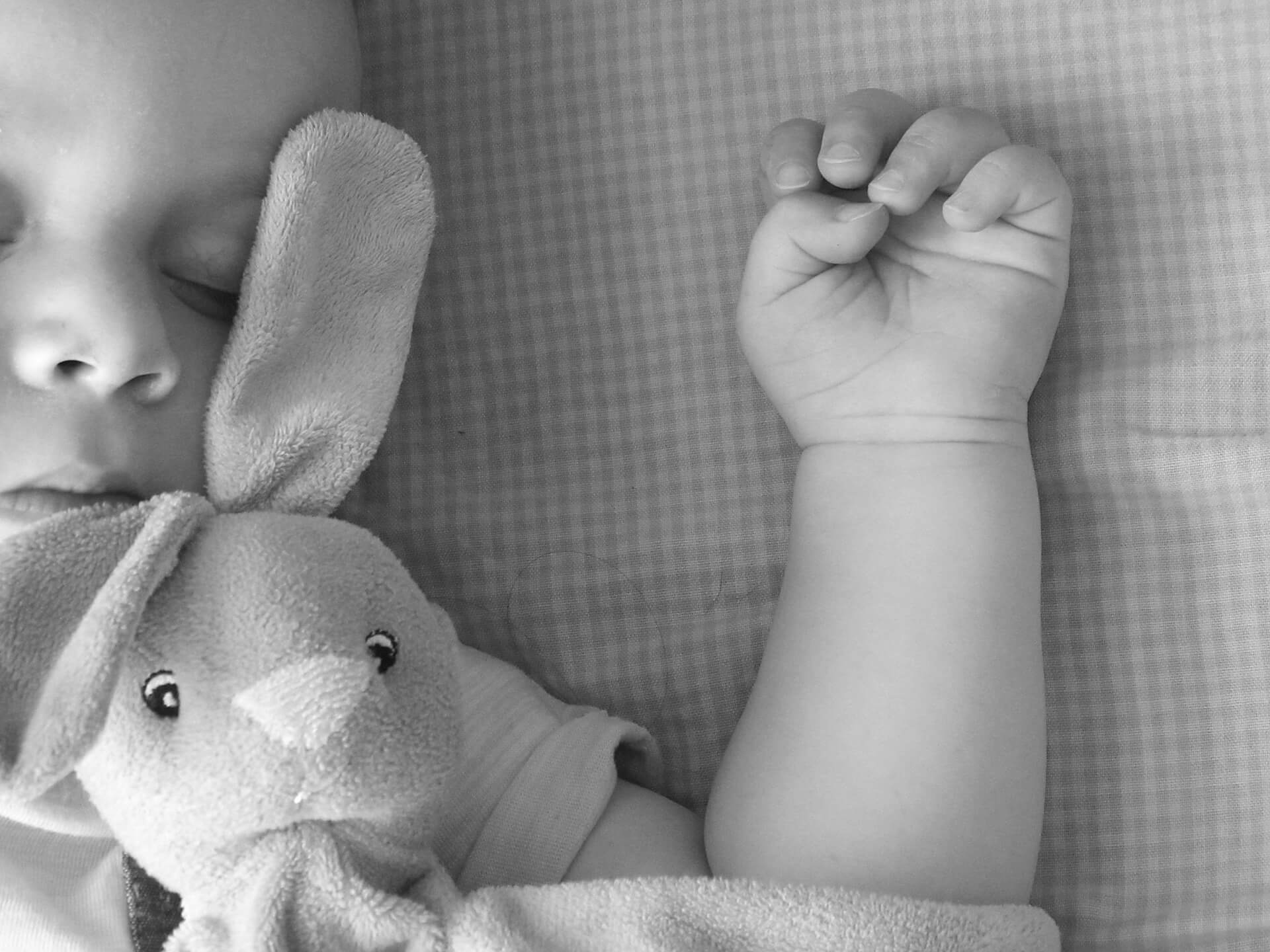Storytime is a fantastic parent-child bonding activity.
Aside from that, storytelling, more specifically picture storytelling, has great benefits that can help with different areas of child development.
Using pictures to tell a story allows the opportunity to teach colors, shapes, facial expressions and many other things.
Why Try Picture Storytelling With Your Kids?
Great Parent-Child Bonding Activity
Carving out time for your child is essential to improving your emotional connection. You can try picture storytelling as a pre-bedtime ritual, so kids have something to look forward to at the end of their day.
Less Screen Time
Completely removing screen time for kids may be difficult for some families. However, you can set a time for picture storytelling with your kids—no tablets or phones involved.
Screen time can help with kids’ learning and language development, but too much of anything can be detrimental. For example, excessive screen time can affect the eye health of both kids and adults.
Picture Storytelling Is Affordable
Picture storytelling is a cost-effective way to encourage creativity and learning compared to buying toys or gadgets. You can even download and print resources online or borrow them from the children’s section of your local library.

Stress Relief for Parents
While we want to focus on its effects on your kids, parents can also benefit from a storytelling session with their kids. After a stressful day, you can let loose and be silly with your child. Making each other laugh, talking to them about their day, and their wildly imaginative stories can help you unwind.
How Picture Storytelling Can Improve Your Kid’s Skills
Picture Storytelling Can Improve Your Kid’s Observation and Visual Perception
Through picture storytelling, you can help your child improve their observation skills. Even pointing out basic elements like colors or size (big, small, tall, long, etc.), is already a milestone for your little one.
A step above simple observation, toddlers or older kids may also be able to improve their visual perception through this type of storytelling.
Visual perception is the ability to make sense of what the eyes observe. Improving this will help with developing abstract reasoning.
During storytime with your child, before heading straight to the story, try showing them the photo and asking them what they observe. Ask if they can observe patterns or if there are shapes or colors that stand out to them.
This way, you can encourage them to voice their observations and ask questions in case there are elements in the photo that they are unfamiliar with.

Picture Storytelling Can Improve Your Kid’s Creative Thinking and Imagination
Storytelling can be a lot like playtime in the way that it fosters creative thinking and imagination. This is a good way to have an entertaining bonding time with your child.
You and your child can create stories based on one picture. Stories can be as whimsical as you and your child may like.
You can encourage your child to think of characters’ names and backgrounds as well as make up new storylines.
This activity helps expand your child’s imagination and creativity, and you can also introduce new words that they can add to their vocabulary.
Make picture storytelling as fun as possible. You can even try changing your voice for different characters and being more expressive through your tone when telling a story.
Doing so can teach your child to also learn that being fun and silly is okay and part of developing creativity.
Picture Storytelling Can Improve Your Kid’s Language and Communication Skills
Storytelling is a fun activity that also helps with language development. Children will organize and voice out thoughts based on their observations.
Aside from creativity, being able to find or learn the words to complete the story is important as well. Language development in the early years can also prepare your child for when they begin formal education.
Of course, individual children’s pace of development is not the same. Make sure to be patient with storytelling and encourage your child to talk.
Speak in clear and simple words and ask questions to make the picture storytelling time more engaging. If there are new words, point the items out in the photo to encourage retention of the word and match them with a visual reference.
Picture Storytelling Can Improve Your Kid’s Emotion Recognition
Picture storytelling is a great way to teach kids, especially children with a learning disability, how to recognize and label emotions. Visual representations with expressive faces can help parents explain certain emotions to their children.
This is an important skill that can be used in the real world, especially when verbal cues are not available. Knowing how to recognize and label an emotion can help your kid connect with other children who are not used to or aren’t able to speak up.
When your child can label emotions, they can then learn more about compassion and overcome challenges.
Most photos and picture storybooks created for kids usually have a lesson or a moral story at the end. This can be a good way to teach kids about manners and right conduct, as well as kindness towards themselves and others.
Language skills and creative thinking are both important and essential to develop at an early age, but picture storytelling can also be a way to introduce or improve emotional intelligence.

Conclusion
At first glance, it may seem like picture storytelling is just playtime with words and photos, but it can actually support your child by teaching real-world life skills in a fun and imaginative way.
With the abundance of offline and online resources, the possibilities of picture storytelling are endless. Aside from the cognitive and creative development it offers, picture storytelling really is a good way to form a bond between child and parent.
Our super author here at Famous Parenting and an absolute wealth of knowledge. She has studied many topics including creative writing, psychology and journalism but her real passion lies in raising her 3 children. Between working from home, homeschooling her youngest 2 children and navigating the world of teenagers she is a guru for parents.





